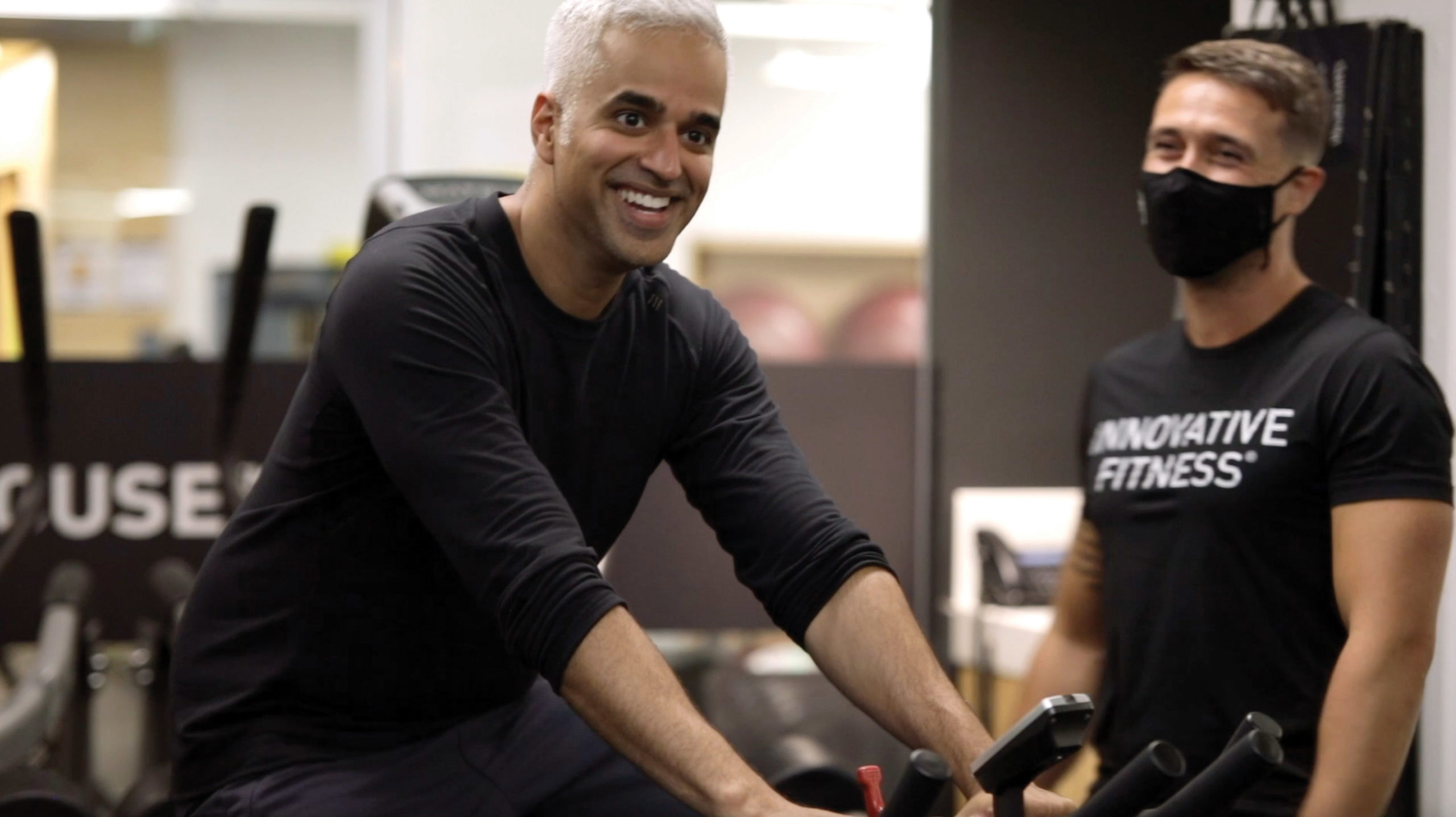“I sit ALL day. What should I do?”
This topic is on the minds of health professionals because, as technology takes over more and more of what we do, we find ourselves glued to chairs and screens all day long. The number of research studies and articles committed to this topic is into the tens of millions.
How much time a day should you be exercising to counteract this? The answer, if you are looking to promote actual health, is, sadly, not 20 – 30 minutes a day.
There are two factors to consider when discussing the topic of sitting.
The first is the lack of movement of blood and fluids in your body. Heart disease is the number one killer in North America and the vast majority of those cases is preventable through diet and exercise. The heart and arteries pump blood out into your system, but, in order to circulate that blood, you need to create muscle contraction. This contraction literally squishes the blood in your veins back through your system. Without movement we don’t get the proper amount of blood flow to our extremities and we do not allow the heart (which is a muscle) to work, which creates an inefficient system. This results in loss of contractility of our internal plumbing system and a build-up of metabolic waste and other byproducts of living!
Making a change to how much we move can be as simple as setting a timer to remind us to get up and walk around every 40 minutes. This simply allows our heart and muscles to work together to move blood around our body. The benefits of a lunchtime walk can be immense if we spend much of our day in a seated position. One fitness trend at the moment is activity-tracking wrist-based units that measure movement. These are great tools and many come with a vibration feature that tells you to move. If you are sitting for a living, go get one and pay attention to it! There are many on the market, but the Polar A360 has emerged as one of the best.
The next factor to consider is the mechanics of sitting. Lengthened glute muscles and shortened hip flexors (among other things) create lower back instability and can lead to pain and injury. Lengthened upper back musculature and shortened chest muscles leads to rounded shoulders and a forward head position which can lead to neck and upper back pain combined with headaches. To properly counteract this, there are a few tricks you can implement into your training.
Your “Healthy Sitting” Bag of Tricks
- Avoid a lot of overhead exercises and pushing
- Increase the amount of pulling type motions you do in your workouts
- Work your butt! It is very important to get your glutes working for you
- When doing “core” exercises, focus more on static core moments like planking and layouts as opposed to dynamic exercises like core rotations and sit ups
Do This, Not That
STRENGTHEN the following muscles:
- Glutes
- Latissimus
- Mid traps
- Low traps
- Lower abdominal wall
AVOID the following exercises:
- Burpees
- Situps / crunches
- Bench press / chest press
- Overhead shoulder press
STRETCH the following muscles
- Hip flexors
- Chest
- Traps
Times Have Changed — So Should Our Approach
Once upon a time the average human was burning 6-10,000 calories per day simply surviving. Chasing food around all day takes a lot of energy! Now, we’ve created a comfy life where we burn closer to 1500 – 2000 calories a day. In order for your body to get enough movement, oxygen, blood flow, nutrients, and positive stimuli, we simply must move more than we do.
If you are sitting all day at work, it is not unrealistic to say that 60 minutes of moderate level activity a day is the minimum you will need to help maintain your health. There are many tricks, some listed above, that can help maximize how you use this time, but here is the bottom line: you should simply move and do it often!
—
Yoshia Burton, B. Kin.
Principal
Innovative Fitness Abbotsford
P: 6047463923 / C: 6046152398







